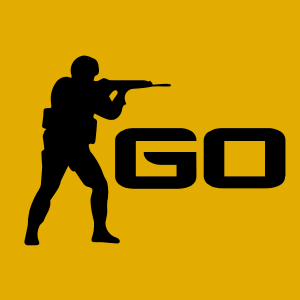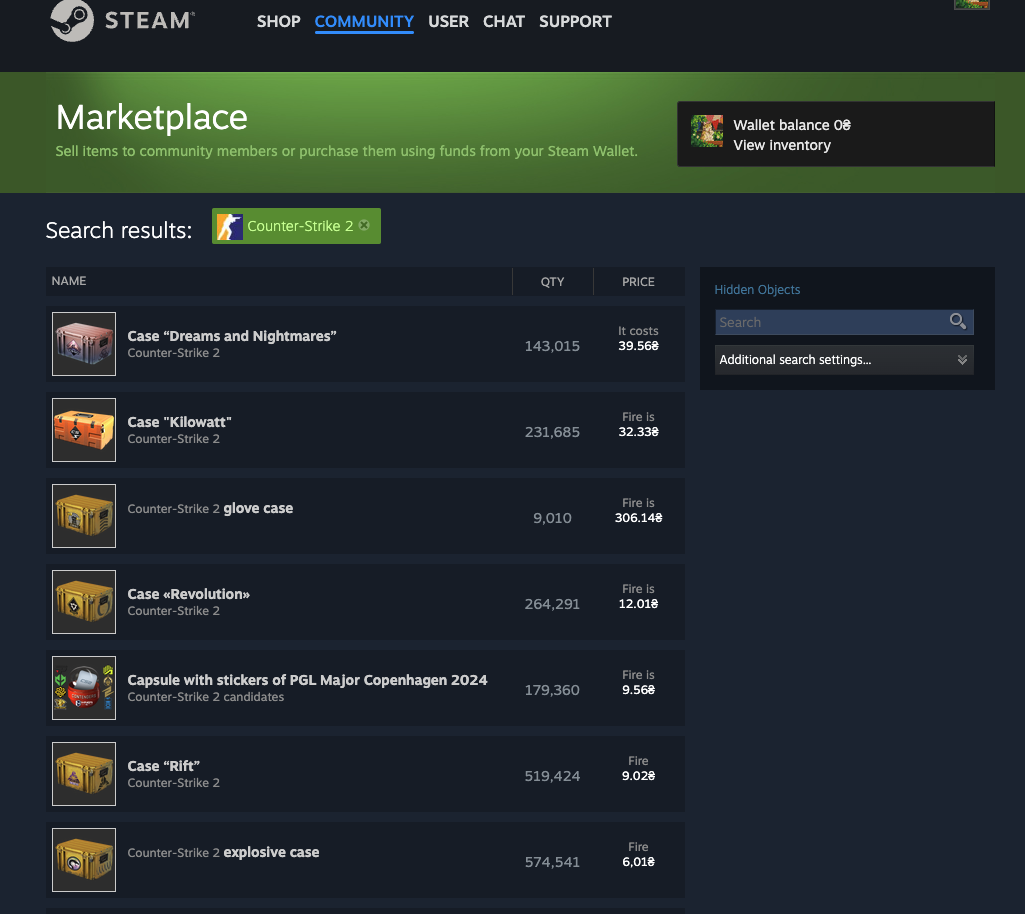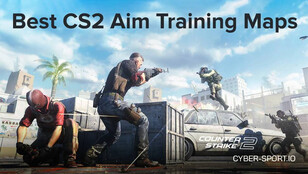This page explains how the Steam Community Market really works, especially for CS2 items, which still dominate most listings. We’ll cover how the system handles pricing, why your earnings aren’t exactly what you expect, and what to watch out for before selling or buying. You’ll also see how it compares to third-party markets and what rules you’ll need to know to stay on the right side of Steam’s Terms of Service (ToS).
Whether you’re here to flip cases, clean your inventory, or simply understand what that 15% fee actually covers, this guide should help you navigate the Market like someone who’s already made (and lost) a few sales.
Key Takeaways / Quick Facts
| Aspect | Details |
| Total Fee Cut | 15% (10% to game publisher, 5% to Steam) |
| Eligibility | Must have Steam Guard active for 15 days; market unlock after 7 days of first purchase |
| Regional Pricing | Based on wallet currency and local conversion rates |
| Trade Holds | 7 days for unverified devices; immediate if Mobile Authenticator is active |
| Refunds | None after sale completion; transactions are final |
| Alternatives | Third-party markets may offer cash withdrawals, lower fees, but higher scam risk |
The Steam Community Market is Valve’s built-in exchange where players can list, buy, and sell in-game items using Steam Wallet funds. It’s available directly from the Steam client or browser, and it supports dozens of games, but let’s be honest, CS2 dominates it. Between skins, cases, and stickers, Counter-Strike items consistently make up the majority of daily trade volume.
The system feels like a simplified version of a stock exchange, only everything is virtual and tightly controlled. You can list any market-eligible item, set your asking price, and wait for a buyer. When someone purchases, Steam takes its fee automatically, and the rest goes to your wallet, where it can only be spent on Steam.
That last bit is crucial. Steam doesn’t allow direct withdrawals. Your “earnings” stay locked within the ecosystem. Some players don’t mind because they use that balance for new games or cases, but others find it frustrating, especially when comparing it to real-money alternatives.
Access Requirements and Regional Locks
To prevent fraud, new accounts face a few hurdles. You’ll need:
- A completed purchase on Steam (at least $5)
- Steam Guard enabled for 15 days
- No active bans or community restrictions
In some regions, there are even extra ID or tax requirements. Steam calls this “KYC-like behavior.” It is not formal verification, but a way of tracking suspicious activity and purchase sources.
CS2 Items vs. Other Game Items
CS2 skins have always been the heartbeat of the Steam Market. The liquidity is unmatched: you can list a popular AK or AWP skin and it’ll likely sell within hours. Other games like Dota 2, Rust, or Team Fortress 2 have their communities, but demand fluctuates more.
That difference largely comes from CS2’s design. Each skin, sticker, and case ties directly to gameplay identity. You see it every round, every match. That constant visibility fuels value. A Factory New AK-47 Redline isn’t just cosmetic, it’s part status symbol, part investment.
By comparison, Dota 2 or Rust items have smaller audiences and slower movement. You’ll find good deals, but not the same level of turnover. So if you’re looking at liquidity, meaning how fast you can convert an item into Steam Wallet funds, CS2 wins by a mile.
| Game | Typical Spread | Game Fee | Steam Fee | Total Cut | Liquidity |
| CS2 | 5–10% | 10% | 5% | 15% | Very High |
| Dota 2 | 5–12% | 10% | 5% | 15% | Medium |
| Rust | 6–15% | 10% | 5% | 15% | Medium-Low |
| TF2 | 8–20% | 10% | 5% | 15% | Low |
Spread refers to the gap between buy and sell orders. Lower means more active trading.
Steam’s 15% cut often surprises new users. It’s split between the platform and the game’s publisher. 5% goes to Steam directly, while 10% is credited to the game developer (in CS2’s case, Valve itself).
Here’s a quick example:
Let’s say you list a USP-S | Cortex (Field-Tested) for $10.00.
- Steam’s 5% = $0.50
- CS2’s 10% = $1.00
- You receive $8.50 in Steam Wallet credit.
That amount appears instantly once the sale completes. But remember, wallet credit isn’t real cash. You can’t withdraw it, transfer it, or convert it to crypto. It’s designed to circulate within Steam. It is not inherently bad, just important to know before you start listing high-value skins expecting to “cash out.”
Price Discovery & Volatility
If you’ve ever checked a CS2 item price one day and seen it jump (or drop) the next, you’ve seen the market’s volatility firsthand. Prices on the Steam Market move based on player demand, event timing, and supply fluctuations.
For example:
- New cases or sticker capsules often cause older items to spike as traders reshuffle their inventories.
- Major tournaments temporarily boost the prices of team stickers or autographs.
- Steam Sales can lower skin prices because players cash out wallet funds for discounted games.
Valve doesn’t intervene directly in pricing, but the Market’s design creates natural ceilings. You can’t list items below a certain minimum (usually $0.03) or above wallet limits. Additionally, each region operates in its local currency; therefore, the same skin might show slightly different prices across countries.
Steam uses a simple supply-and-demand fill system. When you create a buy order, it waits in a queue until a seller lists at or below your target price. When you sell, it’s matched with the highest buy order available.
That’s how the “market graph” in each item listing forms a live chart of daily median sale prices and volume. Experienced traders use those graphs to spot dips or surges before events.
It’s not exactly Wall Street, but it’s surprisingly close sometimes.
Risks & Holds
Steam is strict about security, and for good reason. Item fraud, hijacked accounts, and stolen credit cards were huge problems back in the early CS:GO era. Today, those risks still exist, but Valve’s safety net is thicker.
Trade Holds
Any item moved between accounts might get locked for up to 7 days unless both users have the Steam Mobile Authenticator enabled for 15 days. It’s an effective safeguard, but it also frustrates people trying to flip items quickly.
Chargebacks & Payment Flags
Steam doesn’t allow traditional chargebacks once a sale completes. However, if your payment method is flagged for fraud (say, stolen card info), your account can be temporarily restricted from the Market.
Market Bans
Breaking the Terms of Service, e.g., using third-party scripts, mass-botting listings, or engaging in real-money trades off-platform, can result in a Market ban. Once banned, it’s usually permanent. There’s no formal appeal for most cases.
Regional Risks
Some countries apply digital VAT on Steam transactions. That means your listed prices include tax, and buyers see slightly higher totals. Others restrict cross-region trading entirely. For instance, Russian or Turkish wallet balances can’t directly interact with EU-priced listings.
So yes, Steam’s ecosystem is safer than most third-party sites, but it’s not without friction.
Third-Party Alternatives
Now, what if you want real money? That’s where third-party markets come in. Sites like Buff, Skinport, and CS.Money lets users sell CS2 items for fiat or crypto. The fees there are lower, often around 2–8%, and withdrawals are possible.
However, they carry their own risks:
- Valve can restrict accounts involved in ToS-violating trades.
- Some platforms rely on peer-to-peer escrow, which is less secure.
- Regional regulations (like anti-gambling or tax laws) might apply if items are treated as digital assets.
It’s not illegal to use these sites, but it’s a gray area. Steam’s own rules prohibit using Market-restricted items for off-platform cash trades. So, while these options exist, they require caution and full awareness of the terms.
(See also: CS2 Skin Trading Sites and Steam Market Alternatives)
Methodology / How We Verify
This page combines direct testing with verified information from official Steam resources.
- Sources: Steam Support Docs, Valve Developer Wiki, Steam Subscriber Agreement (SSA), and regional policy statements.
- Data Checks: Fee percentages and cooldown timings were verified through active CS2 account testing between August and October 2025.
- Price Tracking: Average volatility measured using public Steam Graph data and third-party aggregators like SteamAnalyst (for context, not citation).
Whenever numbers or features change (Valve tends to tweak rules quietly), this page is updated to reflect the most recent mechanics.
Final Thoughts
The Steam Community Market isn’t perfect, but it’s convenient, safe, and also deliberately closed. For CS2 players, it’s the easiest place to sell skins, but it’s also where you’ll feel the weight of Valve’s ecosystem rules the most. Every trade, every fee, every hold serves a purpose, even if it slows you down sometimes.
Still, there’s something fascinating about this miniature economy. Prices rise and fall like real stocks, players speculate on cases, and thousands of small trades happen every minute, all within the same walled garden. It’s part of what keeps CS2’s item scene alive, and, honestly, part of what makes it fun to watch.
FAQ
- How do I unlock the Steam Community Market?
You need to make at least one Steam Store purchase (≥$5), enable Steam Guard for 15 days, and wait a 7-day cooldown after your first payment method is approved. - How are fees calculated?
Every sale deducts 15% in total: 10% goes to the game, 5% to Steam. If you list an item for $1.00, you’ll get $0.85 in wallet credit. - Can I change my Steam Market currency?
Not directly. Steam ties wallet currency to your billing region. You’d need to move countries and verify a new address to switch permanently. - Are there limits to how many items I can sell?
There’s no official hard cap, but excessive automation or abnormal patterns can trigger temporary restrictions. - What happens if I get a Market ban?
Most bans are permanent. They can remove your ability to list, buy, or trade. Appeals rarely succeed unless the restriction was issued in error. - What’s the safest way to sell valuable CS2 skins?
Stay within the Steam Market for full protection. Use third-party markets only if you understand escrow systems and potential ToS risks. - Why are some items unlisted or “non-marketable”?
Some drops or promotional skins are intentionally restricted by Valve to prevent resale or because they were obtained via special events.
CS2 Gambling
CS2 Skin Trading
Rust Gambling
Promo Codes
Online Casinos
Crypto Casinos
CyberSport Feed











